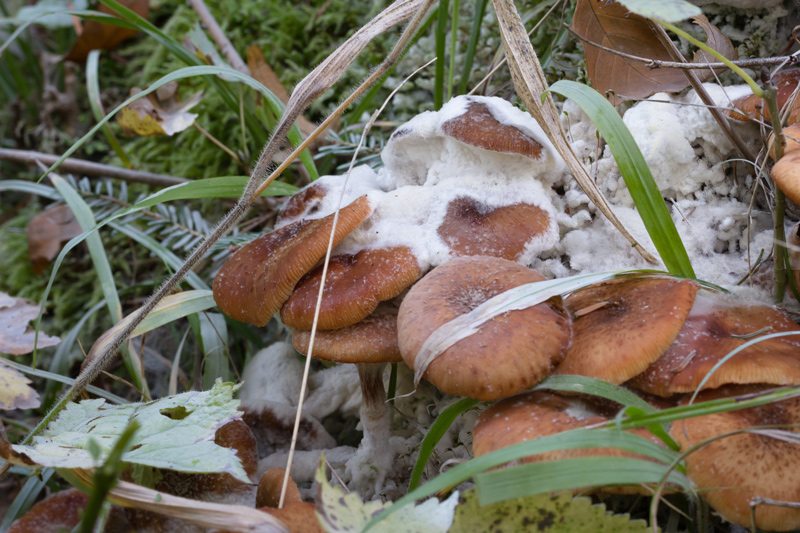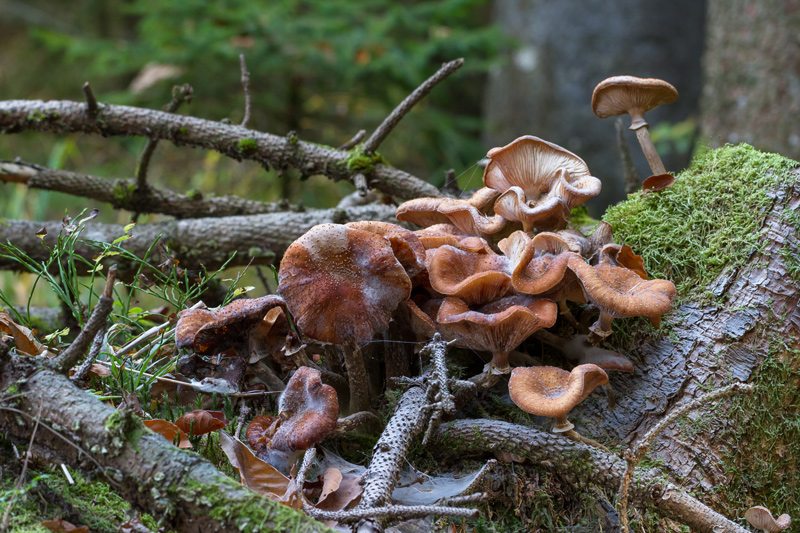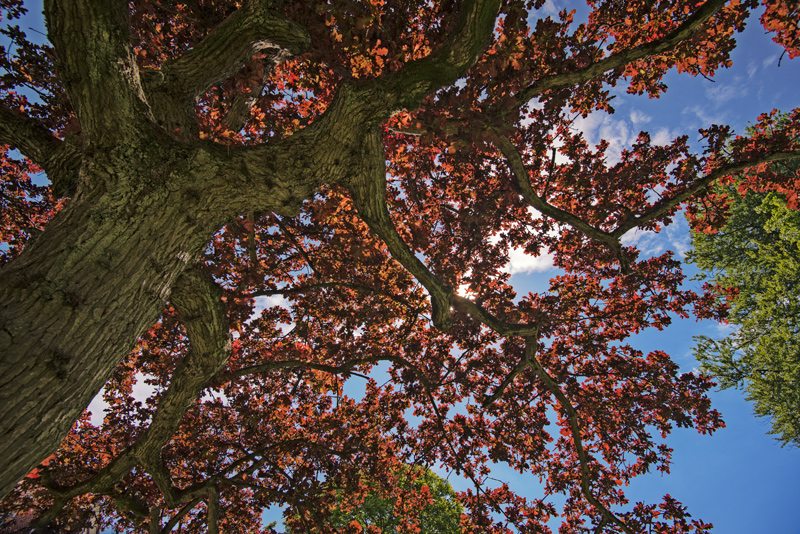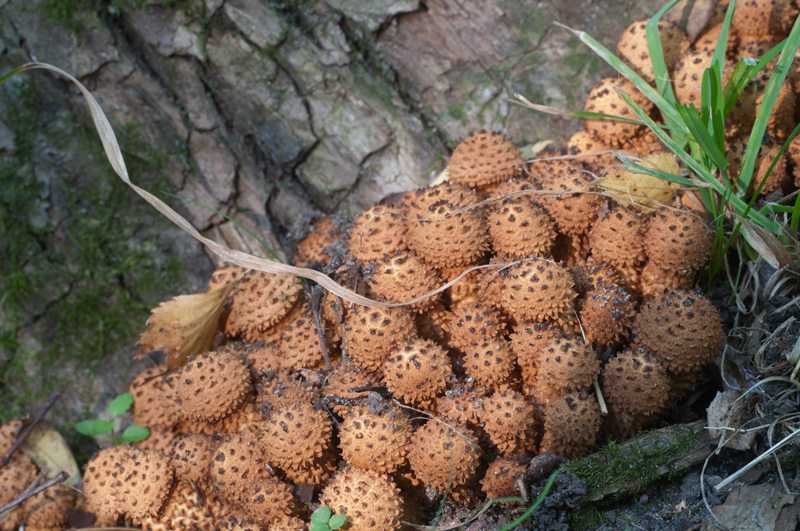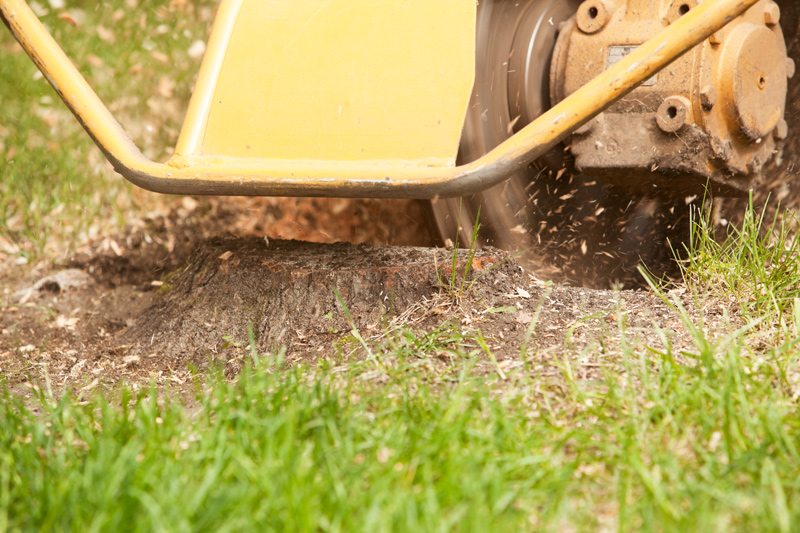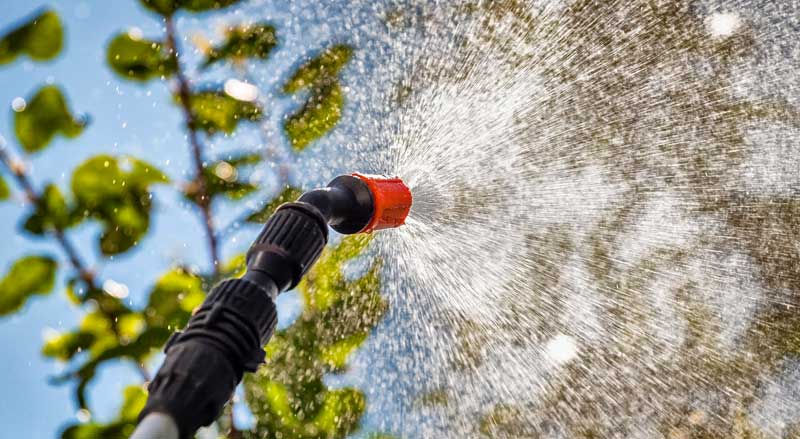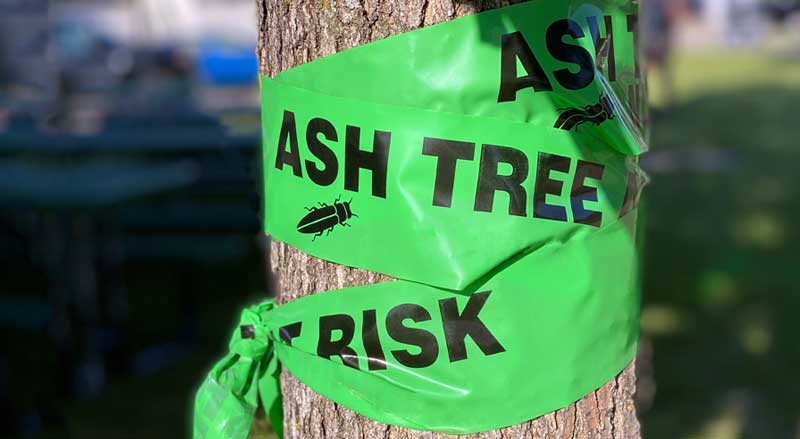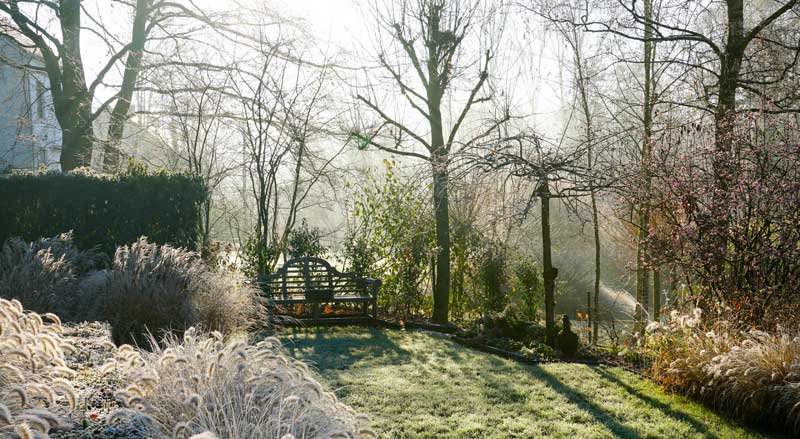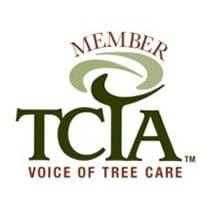Armillaria, a deadly tree fungus, has become a threat to many of New Jersey’s beloved trees, including New Jersey’s state tree, the majestic Northern Red Oak. Also called root rot or shoestring root rot, this fungus poses a threat to the state’s many beloved parks, recreation areas, and forest lands, especially in North Jersey and the west side of the state along the Delaware River. Armillaria is found in urban and suburban areas of the state as well, threatening so many of our well-loved shade trees and conifers.
Like all living things, trees need to be cared for and protected against harmful diseases and environmental threats, such as storm damage, parasites, and funguses like Armillaria. Here are the key facts and what you should know about this harmful fungus.
What Is Armillaria?
Armillaria is a parasitic, wood-rotting fungus, from a genus of over 30 species of fungi. It’s usually found in forests of trees made up of oaks, hickories, maples, and mixed conifers. It also infects many types of fruit and nut trees, shrubs, and ornamentals.
The fungus can live for many years in woody material. It spreads rapidly through the roots by producing rhizomorphs, or shoestring-looking structures that grow through the soil. Armillaria is an incredibly durable fungus, being able to withstand extreme weather and temperatures.
Why the Concern?
Armillaria can cause wood and root rot, which often goes undiagnosed in trees. Because of the underground networking of rhizomorphs, it can spread rapidly and extensively, feeding off nutrients from tree roots. It’s well protected beneath the surface and can even survive wildfires.
Trees that are healthy are often able to rebuild themselves and repair any damage caused by the fungus. However, trees that are weakened due to environmental factors such as drought, infestation, or damage due to construction, usually suffer major damage or death. The fungus can spread to nearby trees through the roots and stump, creating a center for the disease. If left untreated, Armillaria can be the cause of tree death and decline.
Signs and Symptoms
The most common and noticeable sign of armillaria root rot is the growth of mushroom clusters, also known as honey fungus, at the base of a tree. Removing soil from the base of the tree trunk will expose the shoestring-like rhizomorphs attached to the tree roots. In an infected tree, you may find white feathery mats of fungus which fan out between the bark and the wood of the tree.
Depending on the type of tree infected, other signs include dull-colored or wilted leaves which turn yellow or brown. Branches near the top of the tree may start to die. Most infected confers produce a heavy flow of resin.
New Jersey’s state tree, the majestic red oak, is one of the most beautiful trees in the United States. Unfortunately, oaks are a prime target of Armillaria root rot, and they need protection. Watch your oak trees carefully for any signs of illness. Taking care of them during extreme weather such as droughts and using a professional tree service to diagnose and treat your tree, are ways to help protect your oaks against fungi such as Armillaria. Look for mushrooms growing at the base of your trees as this is a sign they have been infected.
What Can Be Done?
Prevention and early detection is key to ensuring that your trees won’t need removal because of disease. If you are already seeing signs of Armillaria in your trees, then seeking an expert opinion is a good idea to achieve the cheapest and easiest results.
If caught in time, the soil around your trees can be treated with good fungus, like Trichoderma, to alleviate bad fungus spores such as Armillaria. Once the disease has spread throughout a tree’s root system, it is necessary to remove the tree and its stump immediately. This will prevent the disease from transferring to other trees nearby. Removing and grinding the stump of diseased trees is an essential practice to safeguard your entire landscape.
Although Armillaria may be resilient and almost unrecognizable, that doesn’t mean that your trees are helpless. With some TLC and a watchful eye, your trees can remain strong beauties for years to come! For more information, contact us at Trees Unlimited where we have a passion for tree care!

